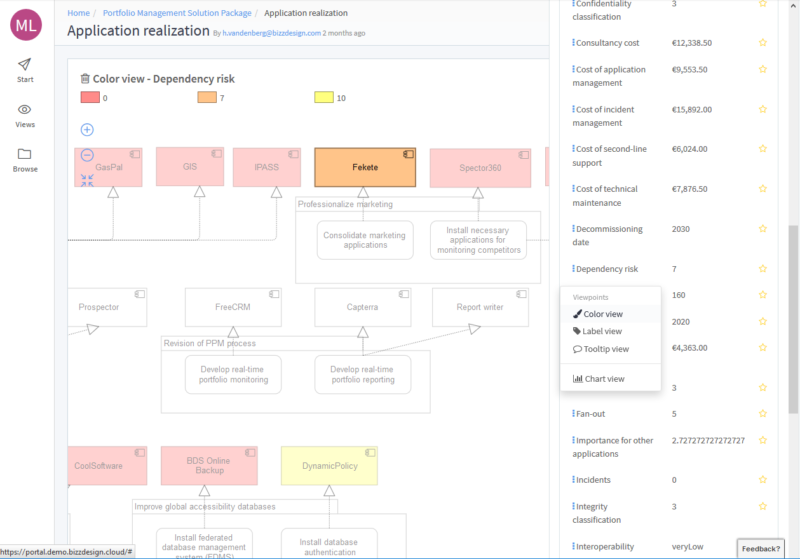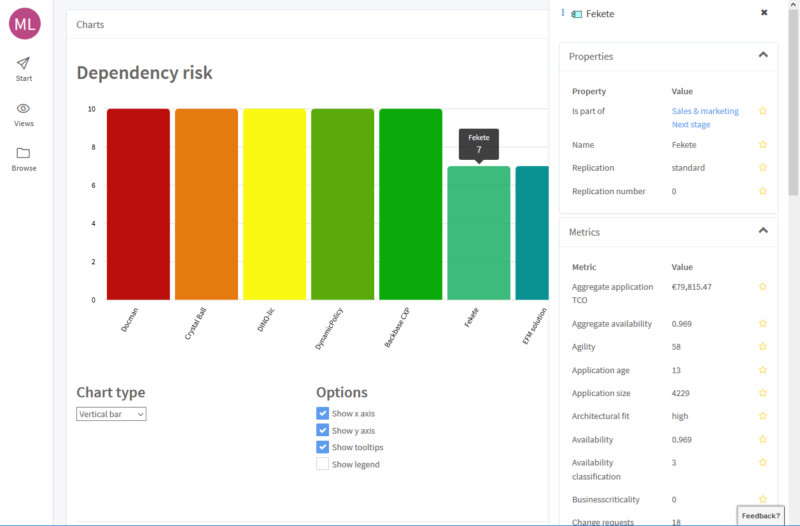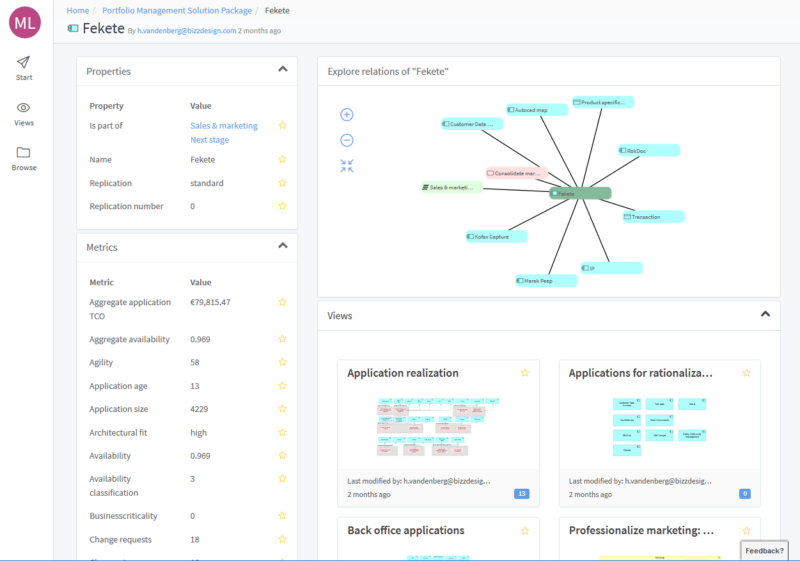Much of what we do in the world of enterprise architecture and business process management is based on pre-defined analysis and design techniques, like a game that has a well-defined set of rules and operates within a bounded, predictable universe. You know what the aim of the game is (check-mate your opponent, or reduce the cost of your application landscape, for example) and follow the rules to get the optimal outcome.
This structured, top-down style is only one form of analysis and change within the enterprise. Next to this ‘game’ approach with its pre-set rules, there is also the explorative, bottom-up ‘play’ style that is not constrained by such rules. Compare this with Lego: you can build your Lego set following the instructions provided, or you can put all your Lego in a big pile and create anything you fancy. If you truly want to discover something new beyond the boundaries of your game, a ‘play’ approach is essential. How does this work out in our world?
In the context of our domain, where we work with models of enterprises, we often tend to concentrate on the ‘game’ style of analysis and change: we neatly follow a pre-set logic, invited by the formal character of these models. However, ‘play’ is equally valuable here. You can explore and roam your models to see how things are connected and maybe get inspired to innovate. Or you can try to tinker, experiment and play around with your models to see if you gain a better understanding of your enterprise before changing it in real life.
Similarly, change in the enterprise can be top-down, based on strategy and planning, or bottom-up, from observing reality on the ‘shop floor’. As Tom Peters remarked, “Most change doesn’t come from strategy, but from angry and pissed-off people.”
In our vision on the Adaptive Enterprise, these two styles of change play an equally important role. On the one hand, continuously innovating and accelerating your pace of change is key in today’s volatile business environment, requiring a ‘play’ state of mind, but on the other hand decisions should be based on solid information and the risks of change need to be controlled, so you need to stick to the rules of the game as well. An Adaptive Enterprise fosters continuous change in-the-large and in-the-small by providing everyone involved with the right information.
Increasingly, our products support this ‘play’ style next to the more traditional ‘game’ style that e.g. architects and process designers are used to. Our HoriZZon portal offers various ways to explore your models. You can see all the properties of the objects in your model with one click, switch on various views on these properties, and create charts on the fly.


The ‘Explore’ view lets you walk from element to element, dynamically expanding their relationships to see what is connected, and perhaps discover connections that offer opportunities for innovation, see risks you did not know existed, or find chances for improvement.

Of course, you can publish your ‘game’ style pre-defined analyses and dashboards there as well, so both approaches can be combined. For example, such a dashboard may show that some business capability doesn’t perform as expected. Exploring your model may then help to uncover what the causes might be. The social feedback features of the portal then help you solve the issue in collaboration with all those involved. Moreover, this collaborative platform is also accessible to non-experts and does not require any modeling expertise. This way, we can truly make everyone an enterprise architect involved in change and innovation.
Next to this exploration and collaboration in the HoriZZon platform, various other techniques in the Enterprise Studio modeling environment help you play around with different business scenarios and analyze how these might work out. Ideation, mindmapping, brainstorming, business model stress-testing, scorecards, heatmaps, and similar techniques help you in this experimental style, and linking Enterprise Studio to your agile software development world can then put these ideas into action. If you want to know more information about these possibilities, don’t hesitate to contact us or book a demo!
Feel free to download our eBook, The Adaptive Enterprise: Thriving in an Era of Change.